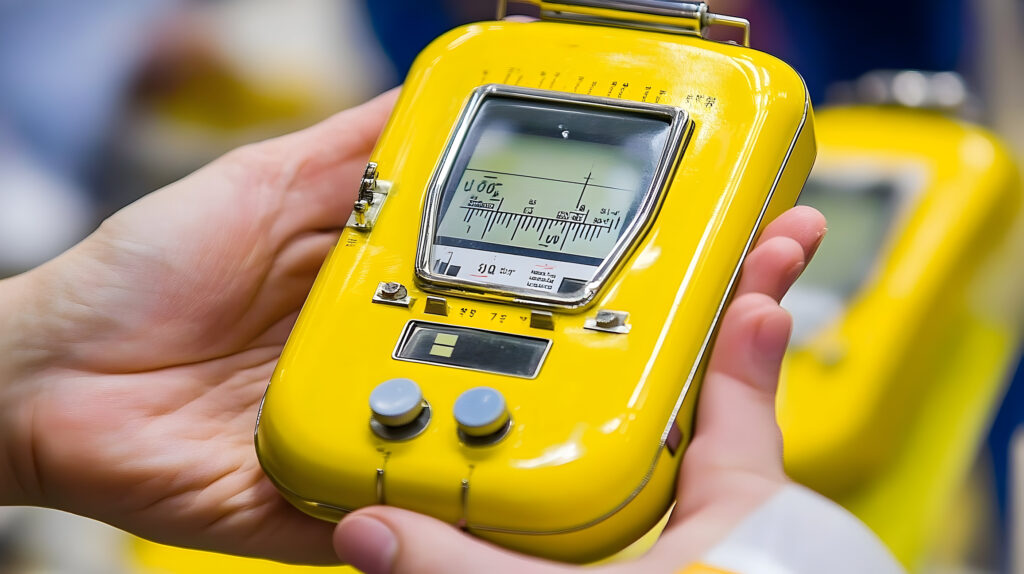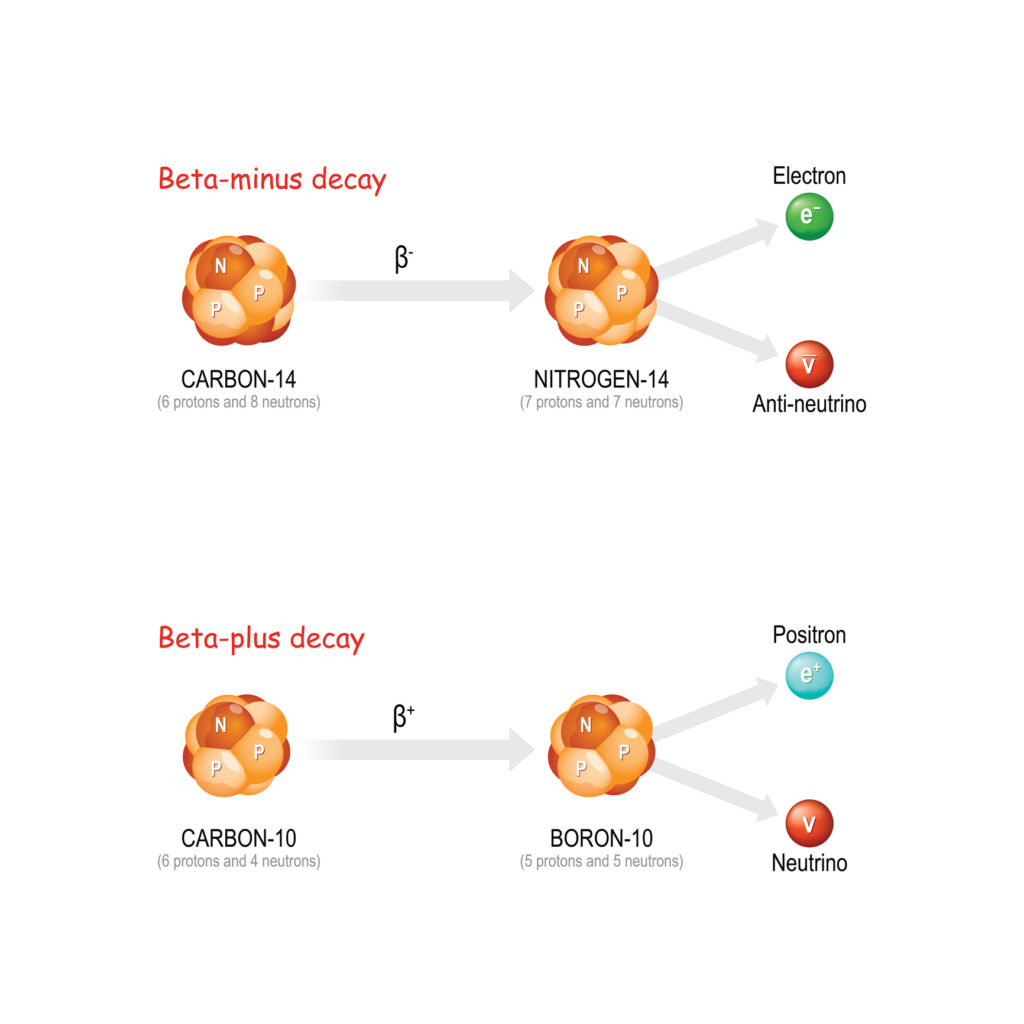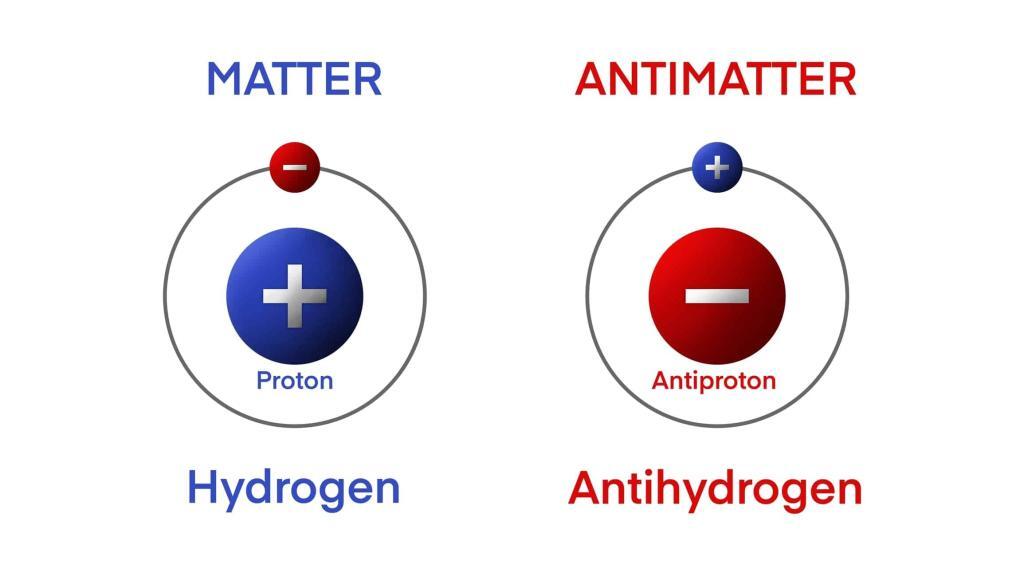Auger electrons are a fundamental aspect of atomic and molecular physics. These electrons are emitted from atoms when an electron from a higher energy level fills a vacancy in a lower energy level, resulting in the emission of another electron. This process, named after the French physicist Pierre Auger, who discovered it in 1925, has significant implications in various fields, including material science, surface analysis, and medical physics. This document explores the history of Auger electrons, the principles behind their emission, their detection methods, and their applications in contemporary science and technology.
Introduction to Atomic Auger Electrons
Atomic Auger electrons are emitted as a result of a non-radiative process in which the energy released by an electron transition is transferred to another electron, causing its ejection from the atom. This process is a crucial phenomenon in the study of atomic and molecular interactions, particularly in the context of surface and thin film analysis.
Historical Background
The discovery of Auger electrons dates back to the early 20th century. While studying cloud chamber tracks, Pierre Auger observed a form of electron emission that known processes could not explain at the time. This discovery added a new dimension to atomic physics, providing insights into atoms’ energy levels and internal dynamics.
The Auger Effect
Basic Principle
The Auger effect occurs when an electron from an inner shell of an atom is removed, creating a vacancy. An electron from a higher energy level then fills this vacancy. Instead of emitting the excess energy as a photon (as in X-ray fluorescence), the energy is transferred to another electron, which is then ejected from the atom. This ejected electron is known as an Auger electron.
Energy Levels and Transitions
The energy of the emitted Auger electron is characteristic of the atom from which it is emitted. It depends on the binding energies of the electrons involved in the transition. The process can be summarised in three main steps:
- Initial Ionisation: An inner-shell electron is removed, creating a vacancy.
- Electron Transition: An electron from a higher energy level fills the vacancy.
- Auger Electron Emission: The energy released during the transition is transferred to another electron, which is ejected.
Mathematical Description
The energy of an Auger electron can be calculated using the binding energies of the electrons involved. If Ei is the energy of the initial ionised state, Ef is the energy of the final state, and EA is the energy of the Auger electron, then:
EA = Ei − Ef
Detection and Analysis
Auger Electron Spectroscopy (AES)
AES is a widely used technique for detecting and analysing Auger electrons. It involves bombarding a sample with a primary electron beam to induce the Auger effect. The emitted electrons are then analysed based on their energy, providing information about the sample’s elemental composition and chemical state.
Instrumentation
An AES setup typically includes an electron gun, an energy analyser, and a detector. The electron gun generates the primary electron beam, the energy analyser separates the electrons based on their kinetic energy, and the detector measures the number of electrons at each energy level.
Applications of AES
AES is particularly valuable in surface science due to its surface sensitivity. It is used to characterise the composition, morphology, and electronic state of surfaces and thin films. Applications include:
- Material Science: Investigating the surface composition and contamination.
- Semiconductor Industry: Analysing thin films and interfaces.
- Catalysis Research: Studying the composition and activity of catalyst surfaces.
Auger Electrons in Medical Physics
Auger Therapy
Auger electrons have applications in targeted cancer therapies. Auger therapy involves using agents that localise in cancer cells and produce Auger electrons upon interaction with ionising radiation. The high linear energy transfer (LET) of Auger electrons causes significant damage to the DNA of cancer cells, making this approach a promising option for treating certain types of cancer.
Mechanism of Action
The effectiveness of Auger therapy lies in the short range of Auger electrons, which limits damage to surrounding healthy tissues. This precision is crucial in targeting and destroying cancer cells while minimising side effects.
Challenges and Future Directions
Despite its potential, Auger therapy faces several challenges, including the efficient delivery of Auger-emitting agents to tumour sites and ensuring sufficient radiation dose to induce the Auger effect. Ongoing research aims to overcome these obstacles and improve the clinical applicability of Auger therapy.
Advanced Applications
Nanocharacterisation
Auger electrons are employed in the nanocharacterisation of materials. AES enables detailed analysis of nanostructures, providing insights into their composition and electronic properties at the nanoscale. This capability is vital for the development of advanced nanomaterials and nanotechnologies.
Surface and Interface Studies
The sensitivity of Auger electrons to surface phenomena makes them ideal for studying surfaces and interfaces. AES can detect subtle changes in surface composition and chemistry, contributing to advancements in coatings, corrosion studies, and thin film technology.
Environmental and Earth Sciences
In environmental science, AES helps in analysing the composition of environmental samples, such as soils and sediments. This analysis aids in understanding pollution sources and effects. In earth sciences, AES contributes to mineralogical studies, enhancing knowledge about the composition and history of geological samples.
Conclusion
Auger electrons, first discovered by Pierre Auger, have become an invaluable tool in various scientific fields. Their unique properties and the ability to provide detailed information about materials’ elemental composition and electronic states make them essential in surface science, material characterisation, medical physics, and beyond. As technology advances, the applications of Auger electrons are expected to expand, providing deeper insights and more precise analyses in both research and practical applications.
Auger electron spectroscopy (AES), in particular, remains a cornerstone technique in many laboratories, offering unparalleled surface sensitivity and specificity. The ongoing developments in instrumentation and methodology promise to enhance the capabilities and resolution of AES, ensuring its continued relevance in cutting-edge scientific research.
In the area of medical physics, the potential of Auger electrons in targeted cancer therapy is a burgeoning area of interest. With further research and technological advancements, Auger therapy could become a standard treatment option, offering targeted destruction of cancer cells with minimal impact on surrounding healthy tissue.
The journey of Auger particles from a curious phenomenon observed in a cloud chamber to a powerful tool in modern science is a testament to the enduring impact of fundamental research. As we continue to explore the atomic and molecular world, Auger electrons will undoubtedly play a pivotal role in uncovering new knowledge and driving technological innovations.
Q&A on Auger Electrons
Q1: What are Auger electrons?
A1: Auger electrons are electrons emitted from an atom during the Auger effect. This occurs when an electron from a higher energy level fills a vacancy in a lower energy level, and the energy released is transferred to another electron, causing its ejection from the atom.
Q2: Who discovered Auger electrons?
A2: Auger electrons were discovered by French physicist Pierre Auger in 1925 while studying cloud chamber tracks.
Q3: How does the Auger effect work?
A3: The Auger effect involves three main steps:
- An inner-shell electron is removed, creating a vacancy.
- An electron from a higher energy level fills the vacancy.
- The energy released during this transition is transferred to another electron, which is then ejected from the atom.
Q4: What is Auger electron spectroscopy (AES)?
A4: Auger electron spectroscopy (AES) is a technique for analysing the energy of emitted Auger electrons to determine a sample’s elemental composition and chemical state. It is widely used in surface science and material characterisation.
Q5: What are the applications of Auger electrons in medical physics?
A5: In medical physics, Auger electrons are used in targeted cancer therapies, known as Auger therapy. This involves agents that localise in cancer cells and produce Auger electrons upon interaction with ionising radiation, causing significant damage to the DNA of cancer cells while minimising damage to surrounding healthy tissue.
Q6: What makes Auger electrons useful for surface analysis?
A6: Auger electrons are highly sensitive to surface phenomena due to their short escape depth, making them ideal for analysing the composition, morphology, and electronic states of surfaces and thin films. This sensitivity allows for detailed characterisation of surface contaminants, coatings, and thin films in various industries.
Disclaimer
The content provided in this article is intended for informational and educational purposes only. While every effort has been made to ensure the accuracy and reliability of the information presented, Open Medscience makes no guarantees regarding its completeness or correctness.
The article does not constitute professional or scientific advice and should not be used as a substitute for consultation with qualified experts in atomic physics, material science, or medical physics. Readers are encouraged to verify the information and consult relevant professionals or original scientific literature where appropriate.
Any mention of specific technologies, techniques, or applications does not imply endorsement or recommendation by Open Medscience. Additionally, developments in science and technology may render parts of this article outdated over time.
Open Medscience assumes no liability for any loss or damage that may arise from the use or reliance on the information contained in this article.
You are here: home » diagnostic medical imaging blog »



